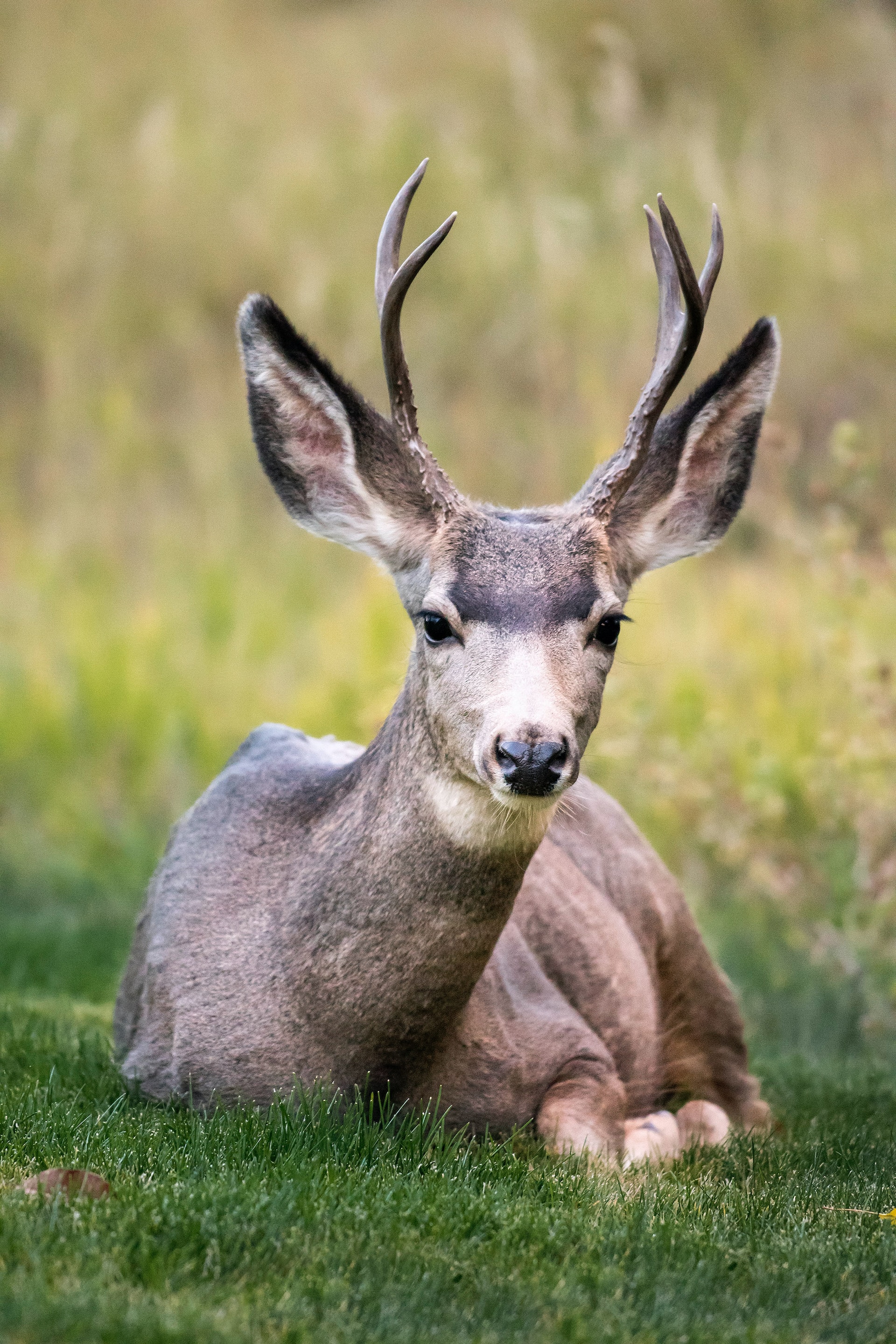Providing food for wildlife and promoting biodiversity is a joy shared by many nature aficionados. Not only is it a chance to interact with different species, but it’s also beneficial for the ecosystem. Fruit-bearing plants are fantastic in serving this purpose. The fruits provide food for a variety of wildlife, attracting animals big and small and helping to sustain them throughout the year. Here are seven native North-American fruit-bearing plants that are adored by wildlife.
American Persimmons (Diospyros virginiana)
The American Persimmon trees are native to eastern North America and they produce sweet, pulpy fruits much loved by wildlife. If you have enough space, consider planting an American Persimmon tree in your garden. The fruits are not only adored by humans but also attract mammals such as deer, raccoon, and foxes. The rich and sugary fruit is a particular favorite of deer, being a nutritious food source for them, especially in the fall and early winter when food is scarce.
Pear Trees
The humble pear tree is more than just a provider of delicious fruits for humans. For white-tailed deer, it’s a preferred source of nutrition. According to a post on the Blue Hill Wildlife Nursery’s Facebook page, pear trees are a top choice for planting if your aim is to attract and feed deer. The fruit ripens late in the season, making it an excellent source of nutrition for deer when their other food sources start to dwindle. Additionally, deer seem to enjoy the soft and easy-to-digest texture of the fruit as well as the high sugar content.
Flowering Dogwood (Cornus florida)
Flowering Dogwoods, apart from beautifying landscapes, serve a vital role in local wildlife sustenance. According to Penn State Extension, the plant’s fruit is cherished by various birds species including robins, cardinals, and cedar waxwings. Interestingly, the dogwood fruit is also enjoyed by mammals such as squirrels and foxes. Adding one to your garden not only brightens up your space but also plays an active role in supporting your local wildlife.
Wild Plum Trees
A standout feature of Wild Plum Trees is that they bloom early in spring, providing a crucial food source for insects such as bees when other nectar sources are scarce. The yellowish-red fruit that the trees yield in late summer is loved by many bird species, which delight in their sweet flesh. With their beautiful springtime blossoms and yummy fruits, wild plum trees are a must-have for any wild-life friendly garden.
Mulberry Trees (Morus rubra)
Mulberry trees have the distinct honor of their fruit being a favorite among almost every kind of wildlife. The dark, juicy berries are relished by birds, squirrels, raccoons, chipmunks, and even larger mammals such as foxes and deer. Planting Mulberry trees is like throwing open an invitation to a diverse wildlife party. Beyond the fruit providing bountiful meals for many critters, the tree also offers cavities for nesting birds and squirrels.
Chokeberry (Aronia melanocarpa)
The Chokeberry might not be the first choice for many humans due to its tart berries, but for wildlife, it’s a treasure trove. Their berries become an incredibly rich food source through the winter months for birds when other sources are limited. Offering beauty and functionality, Chokeberry shrubs are excellent additions to wildlife-friendly gardens as they also provide excellent cover for birds and small creatures.
Elderberry (Sambucus canadensis)
Last but definitely not least on this list is the Elderberry plant. The little clusters of dark berries are loved by numerous bird species, from robins and bluebirds to jays and waxwings. With the added benefit of the plant’s anise-scented flowers attracting butterflies and other beneficial insects, Elderberry is a great all-rounder to include in a wildlife garden. Cultivating this plant not only benefits your local bird population but is also an excellent step toward supporting a healthy and diverse ecosystem.

